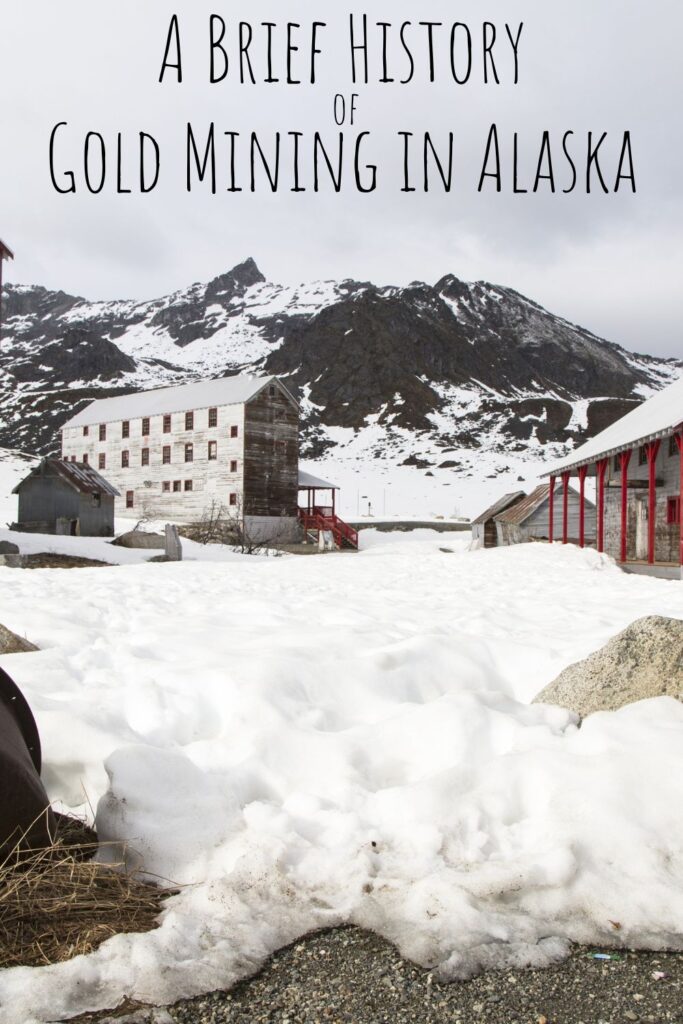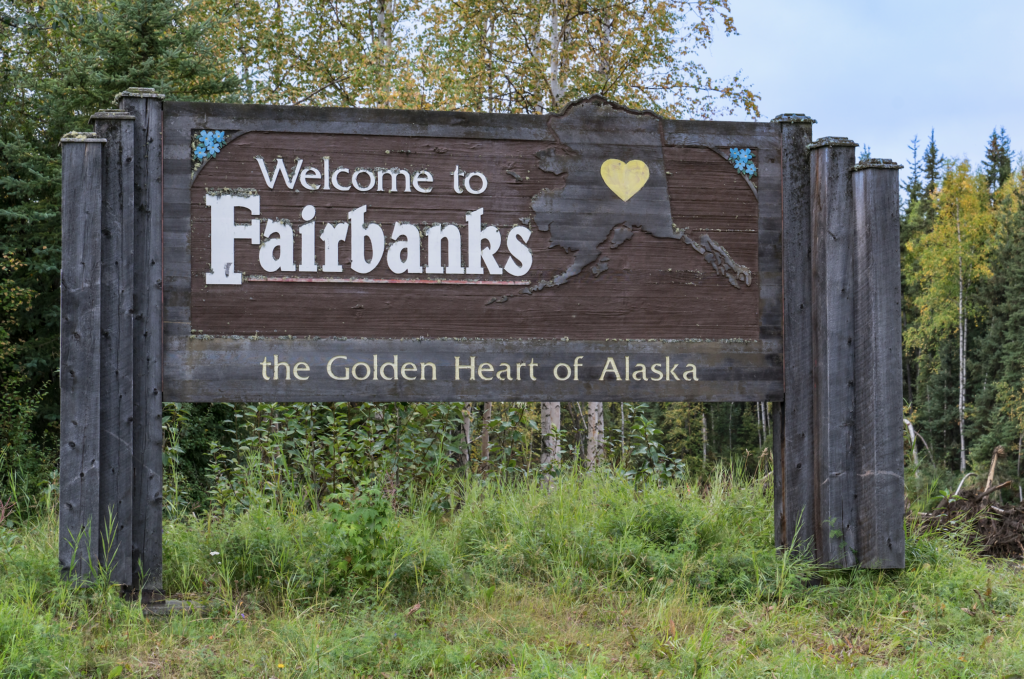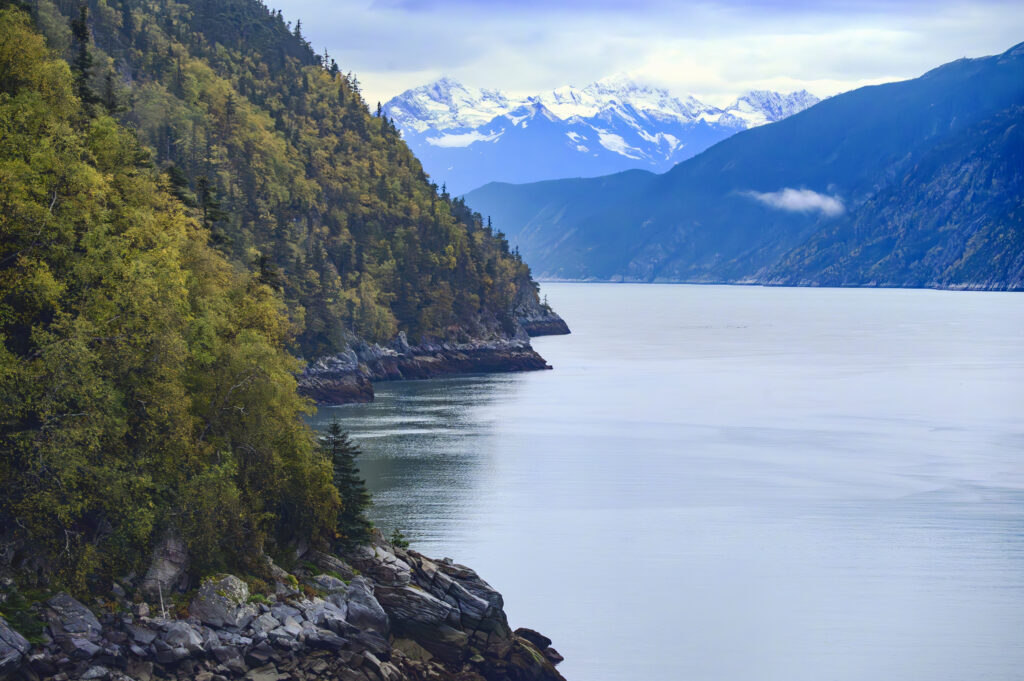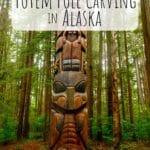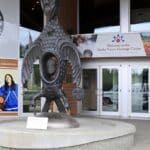A Brief History of Gold Mining in Alaska
Gold mining in Alaska has played a significant role in shaping the state’s history and culture. From the late 19th century gold rushes to modern-day mining operations, Alaska’s rich deposits of this precious metal have attracted fortune seekers from around the world. This article explores the historical development, cultural significance, and present-day opportunities to experience gold mining in Alaska.
This post contains affiliate links.
Early Discoveries and Gold Rushes
The first major gold discovery in Alaska was in 1848 when Russian explorers found placer gold in the Kenai River. However, it wasn’t until the late 19th century that gold mining truly took off. The Klondike Gold Rush of 1896-1899, although centered in the Yukon Territory, had a significant impact on Alaska as thousands of prospectors traveled through the state on their way to the Klondike.
In 1898, gold was discovered in Nome, leading to the Nome Gold Rush. This rush brought a flood of miners and fortune seekers to the remote region. The discovery of gold on the beaches of Nome was particularly notable as it allowed for easier access compared to traditional mining methods. The Nome Gold Rush was followed by the Fairbanks Gold Rush in 1902, sparked by discoveries in the Tanana Valley. Fairbanks quickly became a central hub for gold mining in Alaska.
Historical Importance
Gold mining was pivotal in the economic development of Alaska. The influx of miners and the establishment of mining towns brought infrastructure, businesses, and services to previously remote areas. Railroads, such as the Alaska Railroad, were built to support mining operations, facilitating transportation and commerce. The gold rushes also led to significant population growth, laying the foundation for many of Alaska’s current cities and towns.
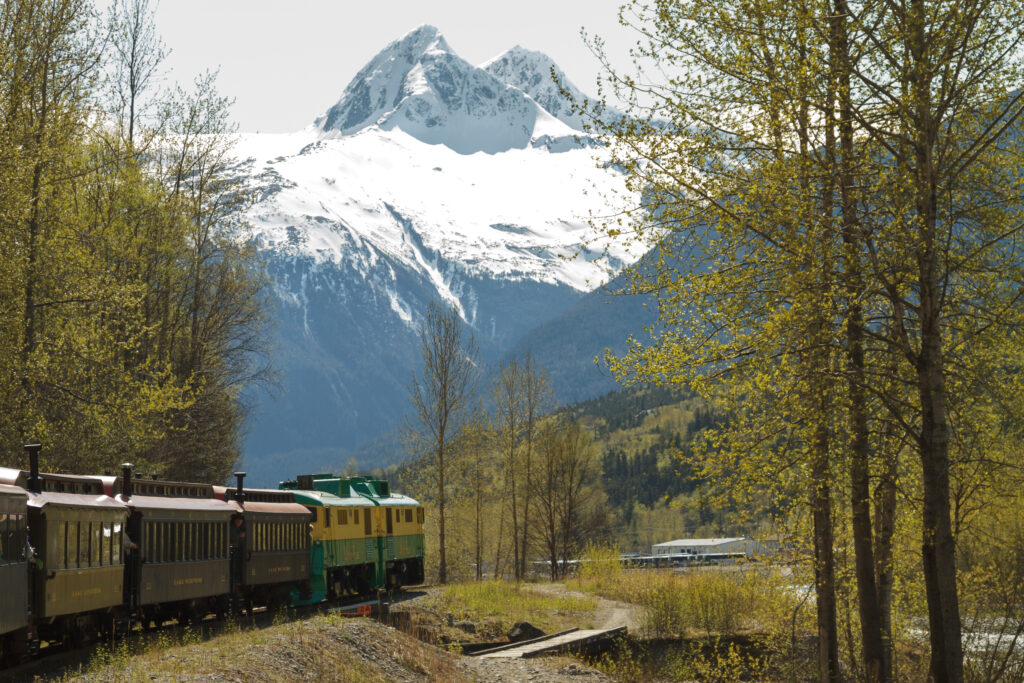
During World War II, gold mining in Alaska slowed down as efforts were redirected to the war effort. However, after the war, mining activities resumed, and technological advancements led to more efficient extraction methods. Today, gold mining remains an important industry in Alaska, contributing to the state’s economy and providing jobs.
Cultural Significance
Gold mining has left an indelible mark on Alaska’s cultural heritage. The tales of rugged prospectors braving harsh conditions in search of fortune have become legendary. These stories are celebrated in literature, film, and folklore, capturing the spirit of adventure and determination associated with the gold rush era.
Indigenous Alaskan communities were also affected by the gold rushes. While some Indigenous people participated in mining, others faced displacement and cultural disruption as miners encroached on their lands. Today, there is a growing recognition of the need to balance economic development with the preservation of Indigenous cultures and lands.

The legacy of gold mining is also evident in Alaska’s architecture and place names. Many buildings from the gold rush era still stand, offering a glimpse into the past. Towns like Nome and Fairbanks, once bustling mining hubs, retain their historical charm while embracing modernity.
Representation in Media and TV
Gold mining in Alaska has captured the imagination of audiences worldwide, finding a prominent place in various forms of media and television. The rugged landscapes, harsh conditions, and the quest for fortune provide compelling narratives that have been explored in books, documentaries, and TV shows.
Literature and Film
Numerous books and films have chronicled the adventures of gold miners in Alaska. Jack London’s novels, such as “The Call of the Wild” and “White Fang,” although set in the Klondike, reflect the spirit of the era that was equally present in Alaskan gold rushes. These stories highlight the challenges and triumphs of prospectors and their indomitable will to survive in the wilderness.
Documentaries like “Gold Fever: The True Story of the Great Yukon Gold Rush” also touch upon Alaska’s role in the broader gold rush narrative, providing historical context and personal stories of those who lived through the era.

Television Shows
Reality TV has brought gold mining in Alaska into the living rooms of millions. Shows like “Gold Rush” on the Discovery Channel have popularized modern gold mining, focusing on the trials and tribulations of contemporary miners in the Alaskan wilderness. The show follows several mining families and crews as they search for gold, deal with equipment failures, and navigate the harsh environment.
Another popular show, “Bering Sea Gold,” also on the Discovery Channel, showcases a different aspect of gold mining—dredging for gold on the seabed of the Bering Sea off the coast of Nome. The series highlights the unique challenges faced by these underwater miners, from dangerous weather conditions to technical difficulties, all while trying to strike it rich.
These television shows have not only entertained audiences but also provided insight into the ongoing importance and allure of gold mining in Alaska. They depict the modern continuation of a historic pursuit, connecting the past with the present and demonstrating that the search for gold remains a potent symbol of adventure and ambition.
Experiencing Gold Mining in Person
For those interested in experiencing Alaska’s gold mining history firsthand, several locations offer unique opportunities:
Nome
Nome, located on the Seward Peninsula, is synonymous with the gold rush. Visitors can explore the town’s rich history through museums and guided tours. The Carrie M. McLain Memorial Museum offers exhibits on the Nome Gold Rush, showcasing artifacts and stories from the era. Additionally, visitors can try their hand at gold panning on the beaches, just as prospectors did over a century ago.
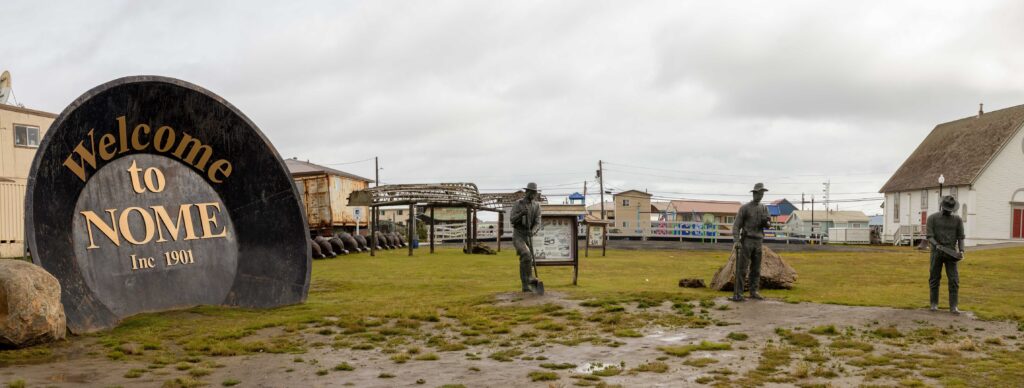
Fairbanks
Fairbanks, known as the “Golden Heart City,” offers numerous attractions related to its gold mining past. The University of Alaska Museum of the North features exhibits on the Fairbanks Gold Rush and the broader history of mining in Alaska. Visitors can also experience a taste of gold mining by visiting Gold Dredge 8, a historic mining operation turned tourist attraction. Here, you can tour the dredge, learn about mining techniques, and pan for gold.
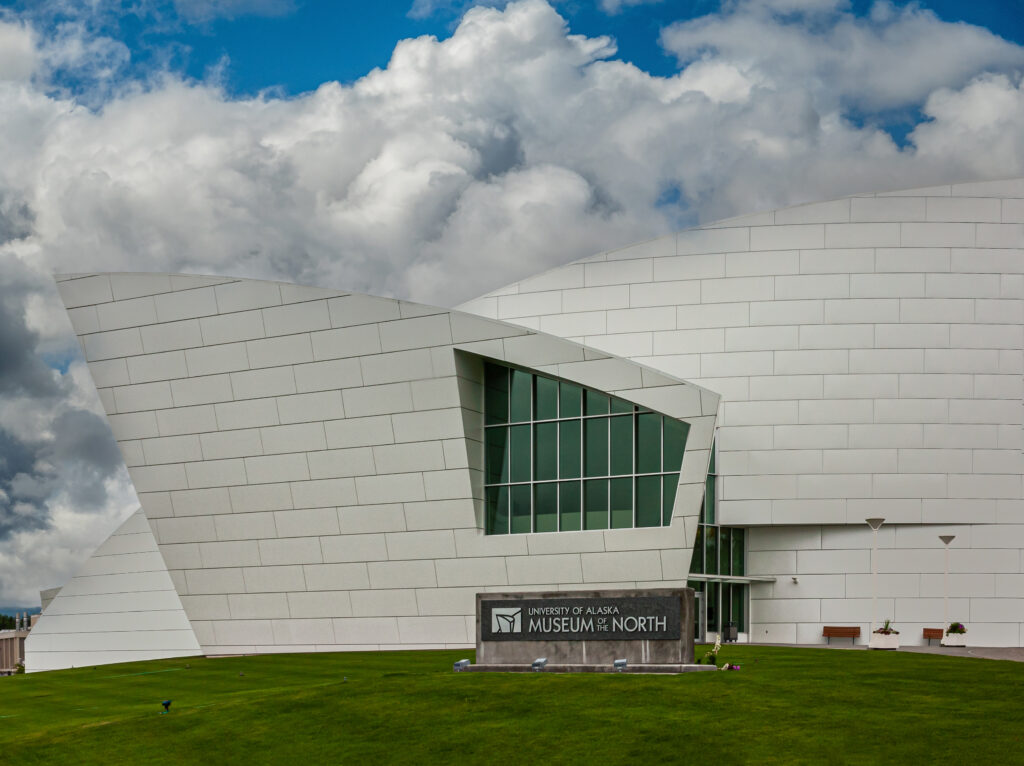
Juneau
Juneau, Alaska’s capital, has a rich mining history tied to the discovery of gold in the late 19th century. The Last Chance Mining Museum, located in the historic AJ Mine, provides insight into the mining practices of the past. Visitors can take guided tours of the mine and even try gold panning. Additionally, the nearby Gastineau Channel offers opportunities for gold panning in its waters.
Chicken
Chicken, a small town in eastern Alaska, offers a more rustic gold mining experience. The town’s history dates back to the late 19th century when gold was discovered in the area. Today, visitors can pan for gold in the local streams and rivers or take a guided tour of the historic Chicken Creek Gold Camp. The camp features original mining equipment and buildings, providing a glimpse into the life of early prospectors.
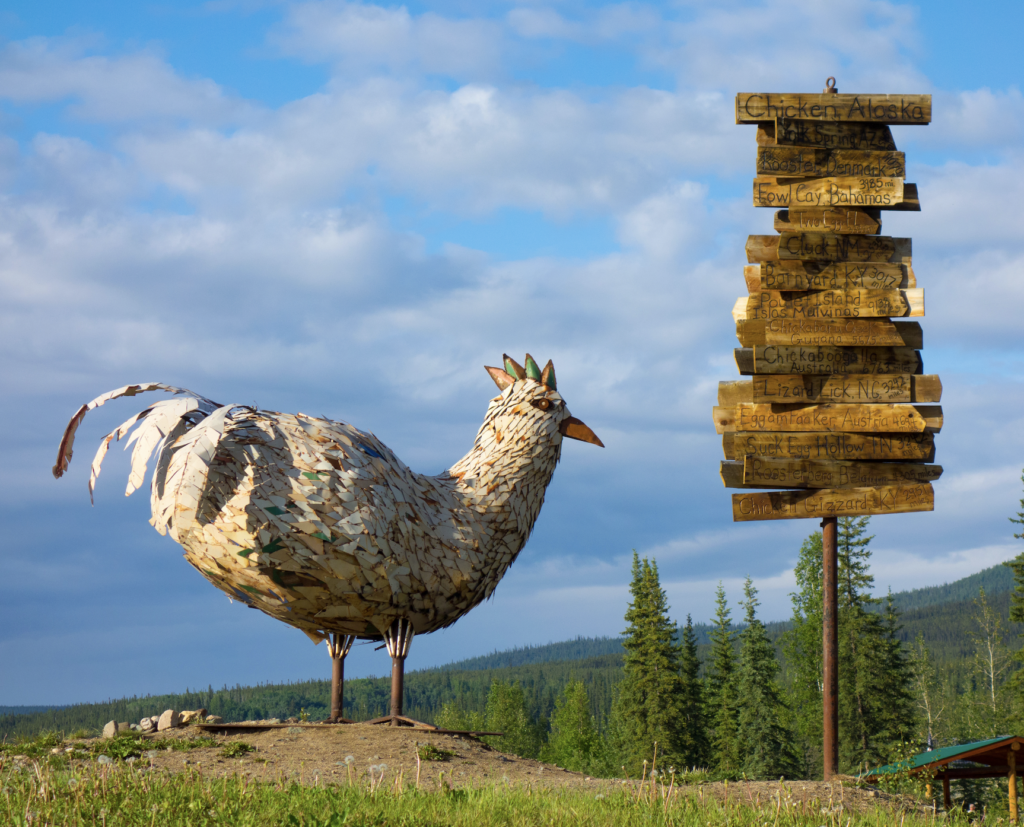

Gold mining in Alaska is more than just an economic activity; it is a vital part of the state’s history and culture. From the early Russian explorers to the legendary gold rushes and modern mining operations, the quest for gold has shaped Alaska in profound ways. Visitors to the state can immerse themselves in this rich history by exploring museums, historic sites, and even trying their hand at gold panning. Through these experiences, the legacy of Alaska’s gold mining heritage continues to captivate and inspire.
